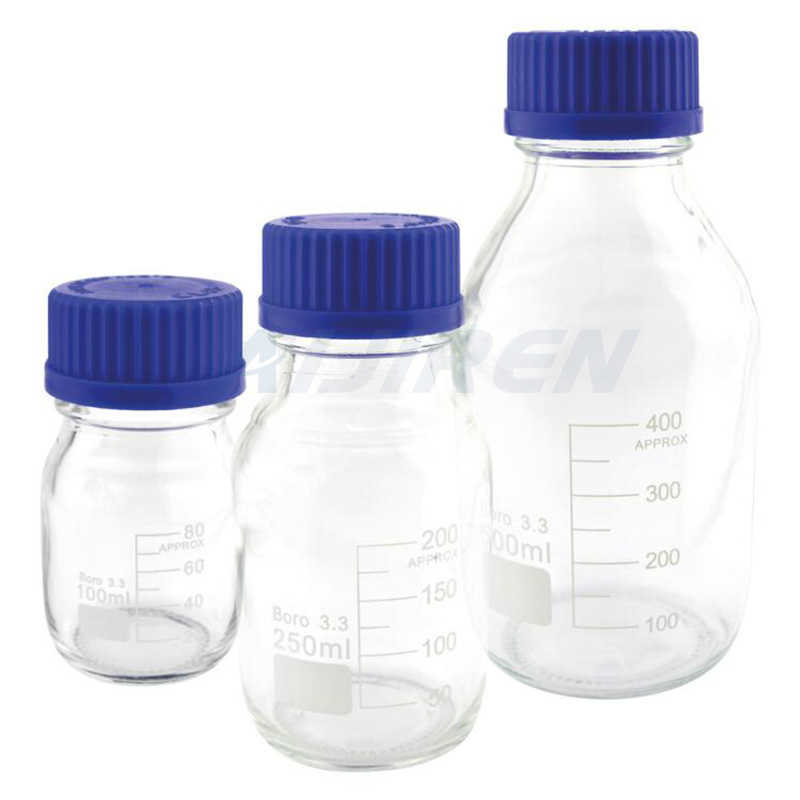
Figure 4.14: Single extraction of hyoscyamine (K ∼ 4) ( K ∼ 4) from water into diethyl ether. In this example, a single extraction resulted in extraction of 80% 80 % of the hyoscyamine (100% × 0.40g/0.50g) ( 100 % × 0.40 g / 0.50 g) from the aqueous layer into the organic layer. The partitioning of the compound between the two layers
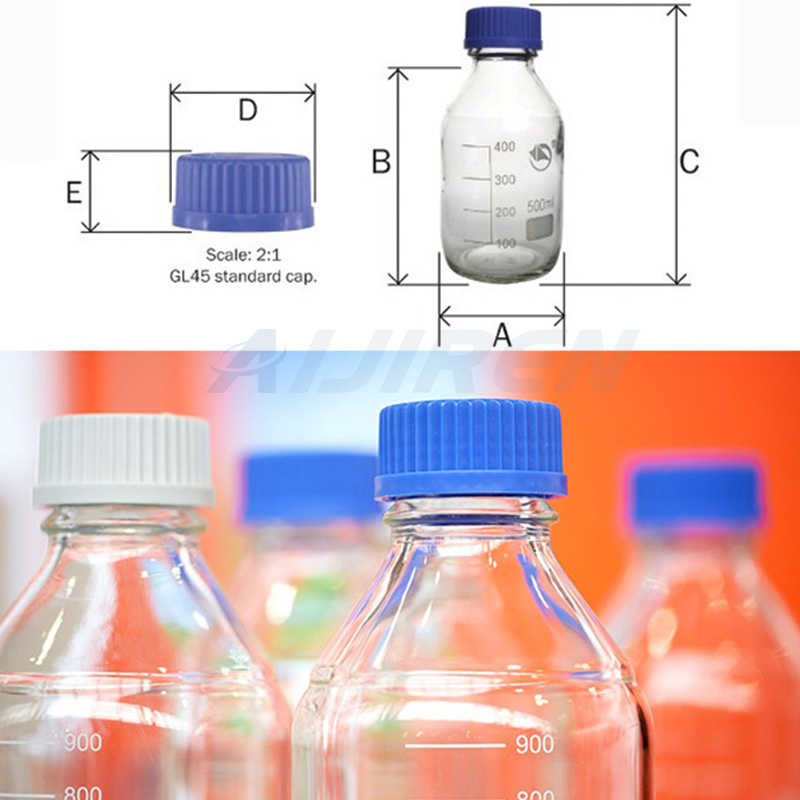
1 day ago · Organic Liquid. If an experiment specifies washing an organic solution that is less. dense than water with an aqueous solution, place the organic solution. in a centrifuge tube or conical vial. Add the requisite amount of. water or aqueous reagent solution, cap the tube (or vial), and shake. it to mix the phases.
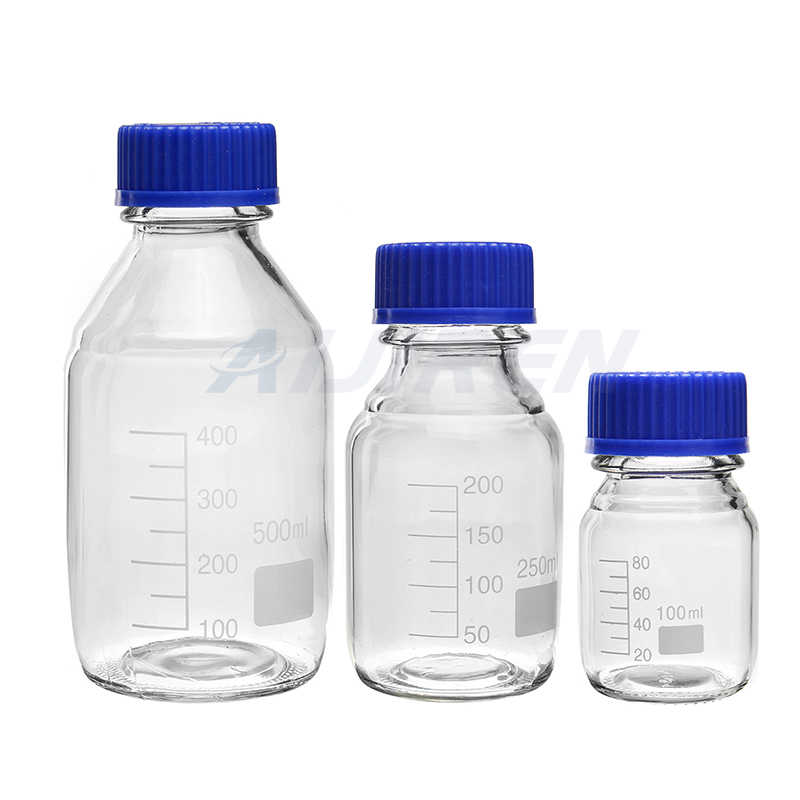
Liquid–liquid extraction (LLE) Liquid–liquid extraction has been used in sample preparation workflows for many years, and involves the partitioning of analyte(s) from an aqueous biofluid into a water immiscible organic solvent based on polarity. It offers a number
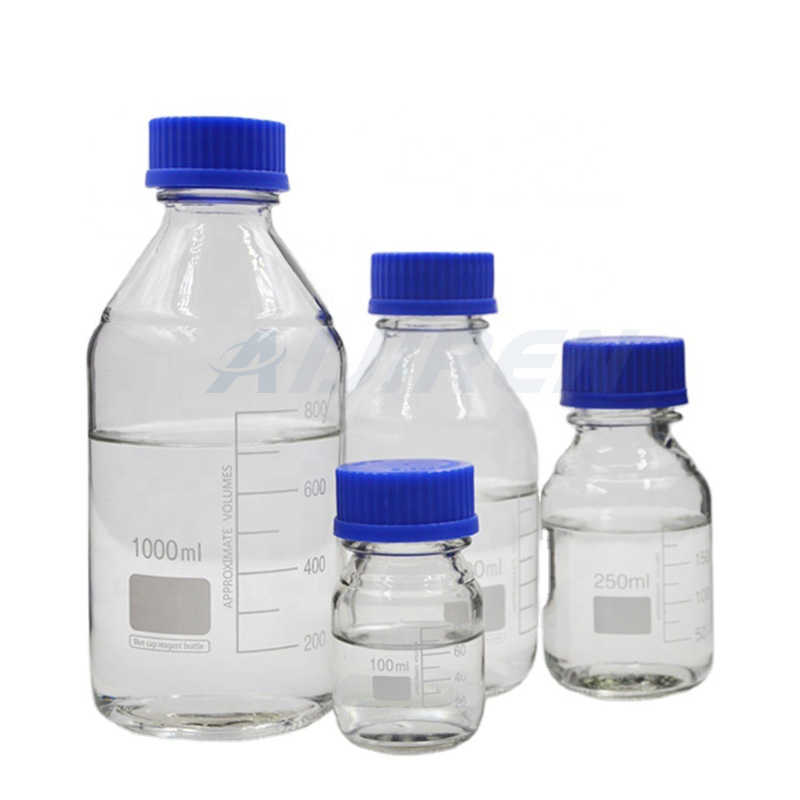
CHROMacademy. Available to following accounts. Academic. Premier. Liquid/Liquid Extraction Techniques. Liquid/liquid extraction is one of the most widely employed and useful techniques in pharmaceutical sample preparation. This is due to a number of characteristics, including simplicity, rapid method development, and reasonable selectivity.

The table below provides information to help you choose the correct cocktail. This depends on the nature of the sample to be counted as well as the sample preparation procedure and instrument used. Only the right cocktail choice, paired with a correct sample preparation procedure and instrument,
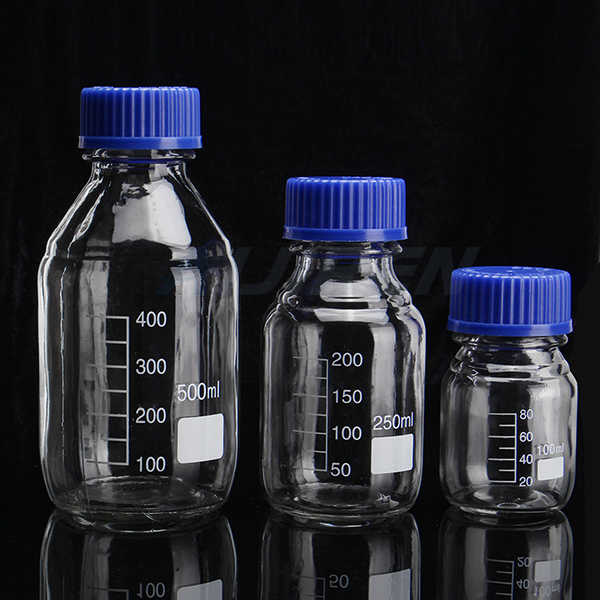
A separatory funnel would be impractical when working with such small quantities, and conical vials (Figure 4.35) or centrifuge tubes are typically used instead. Figure 4.35: Progress of the extraction of methyl red from the acidic aqueous layer (bottom) into the organic layer (top). The inversions were done very slowly in order to see the
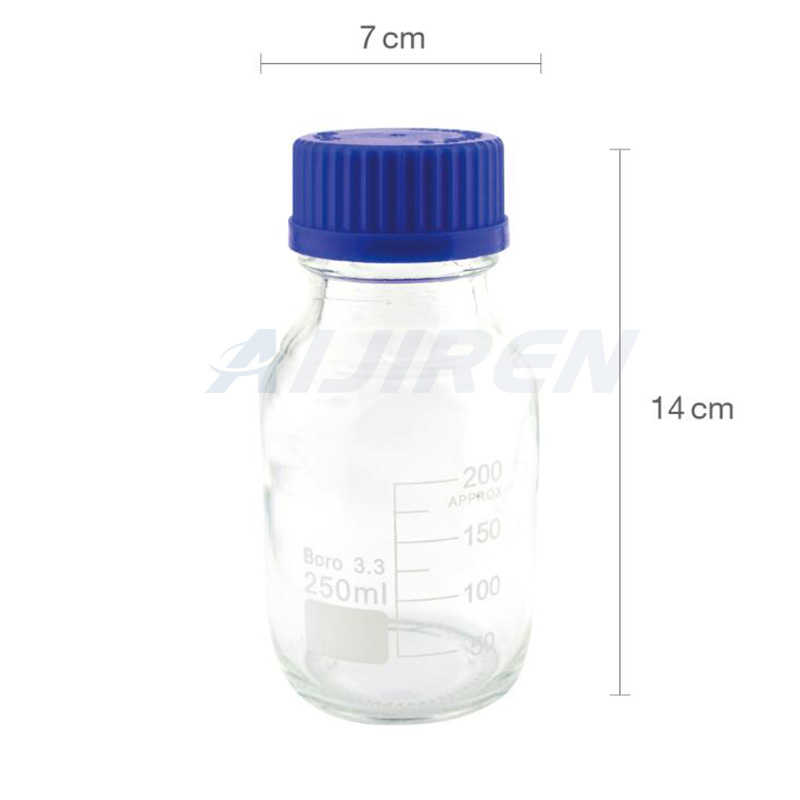
I. Liquid-Liquid Extraction The standard method for the Boles kit is described below. This method can easily be adapted to a single pouch. 1. Obtain approximately 0.05 g of plant material in question and loosely pack into vial labelled “vial A.” 2. Add 2 mL of proprietary organic extraction solvent to vial A. 3. Mix by shaking for 30
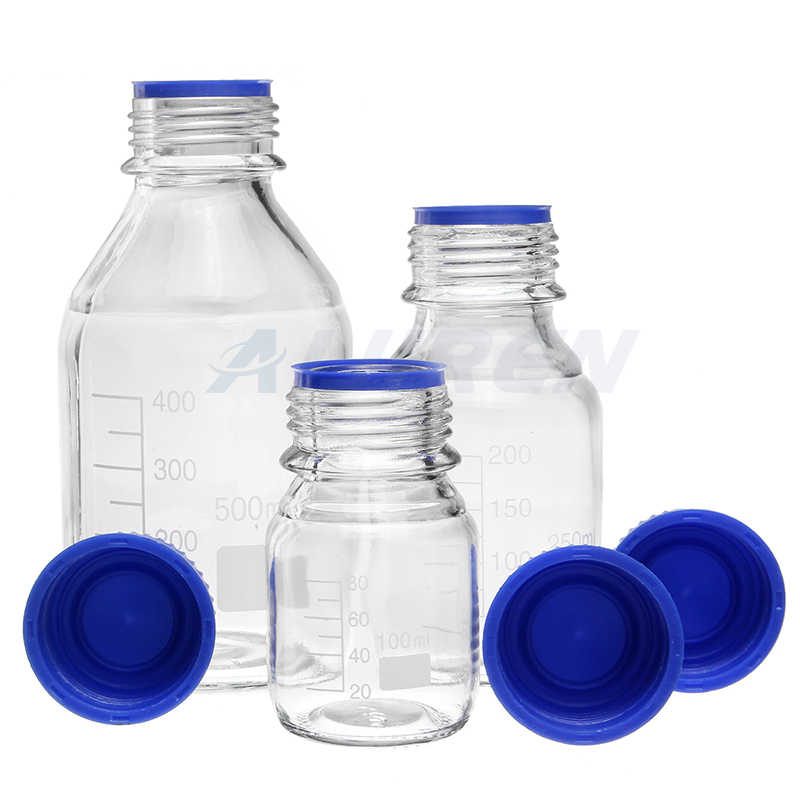
5.1: Basic Principles. The technique of liquid-liquid extraction is used to purify impure substances by taking advantage of a solubility differential of the substance in different solvents. It is different from crystallization in that the sample can be solid or liquid. The impure sample is dissolved in solvent 1 first.
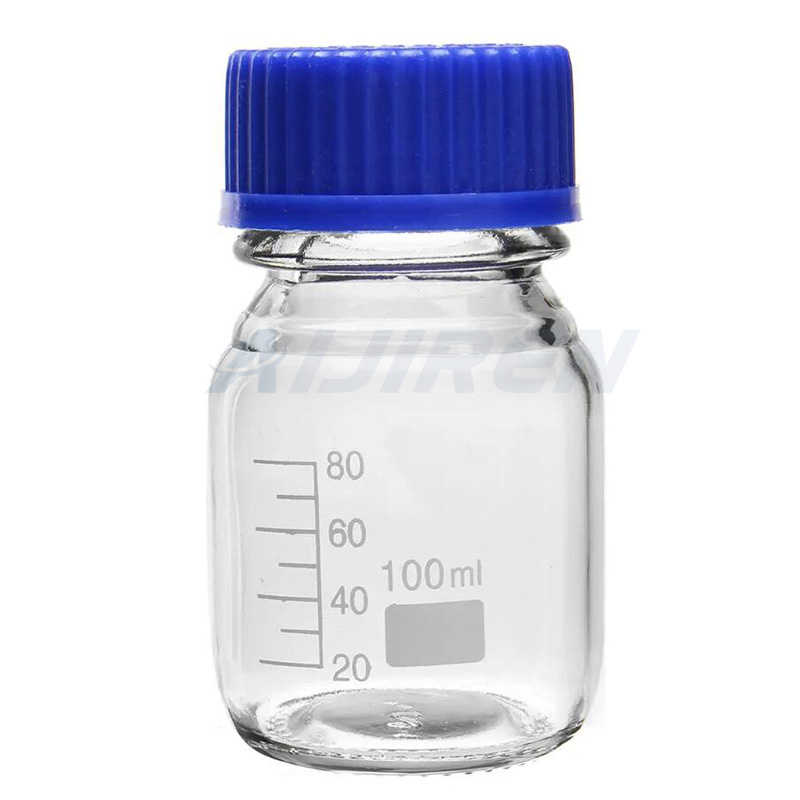
Jun 20, 2021 · Liquid-liquid extraction involves the exchange of certain com- pounds between two solvents that are immiscible or only partially miscible. Liquid-liquid extraction is also very commonly used for washing an organic phase, for example to remove inorganic compounds, or to protonate or deprotonate bases or acids, respectively, so they become
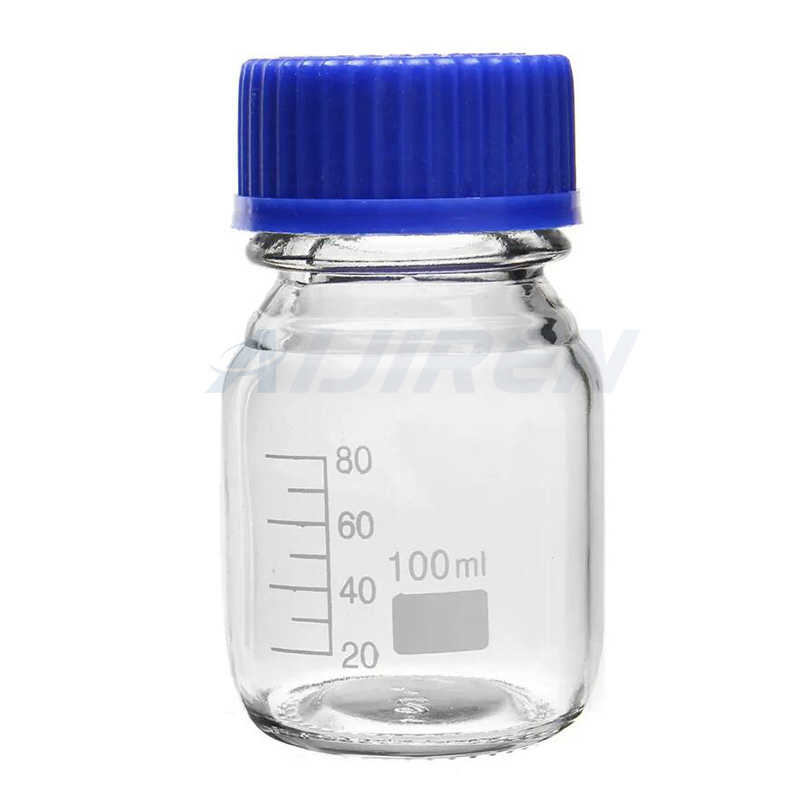
High-performance liquid chromatography (HPLC) offers the ability to do just that. HPLC data can be used to complement gas chromatography (GC) or be an excellent alternative to GC when the components are nonvolatile or would thermodynamically decompose under high temperatures. In order to separate mixture components, HPLC takes advantages of
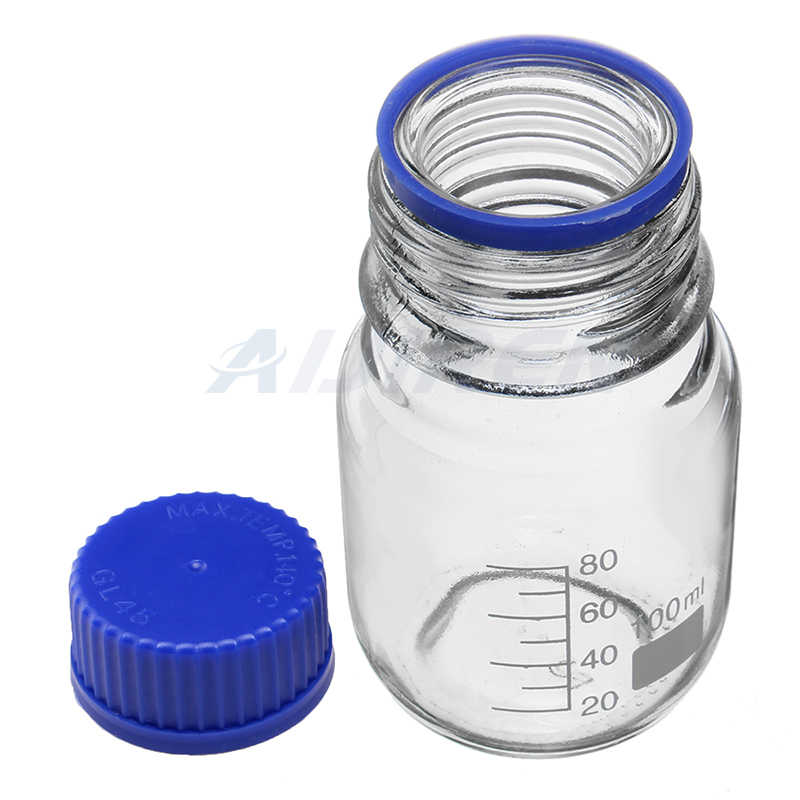
Jul 15, 2020 · We begin this short series by describing the principles and optimisation of perhaps the most straightforward of all the extraction techniques, Liquid-Liquid Extraction (LLE). No matter which ‘version’ of liquid-liquid extraction method you wish to use, there are some fundamentals which apply and perhaps principle amongst these is analyte

Jan 1, 2016 · PAHs were extracted using liquid-liquid extraction as described by Mahgoub (2016). Water samples were first emptied into a separatory funnel followed by adding 100 ml of dichloromethane (1:1 v/v
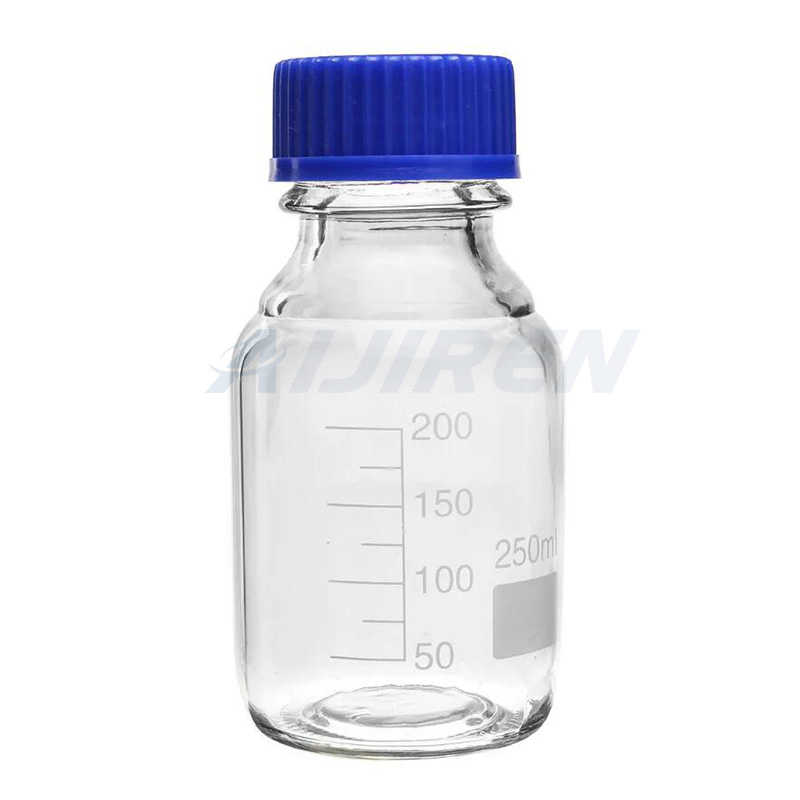
Choose from solid phase extraction manifolds, liquid/liquid extraction, solid/liquid extraction, and Soxhlet extraction glassware apparatus. Largest offering of Squibb separatory funnels deliver precise liquid-liquid extractions. Replacement parts and accessories available.
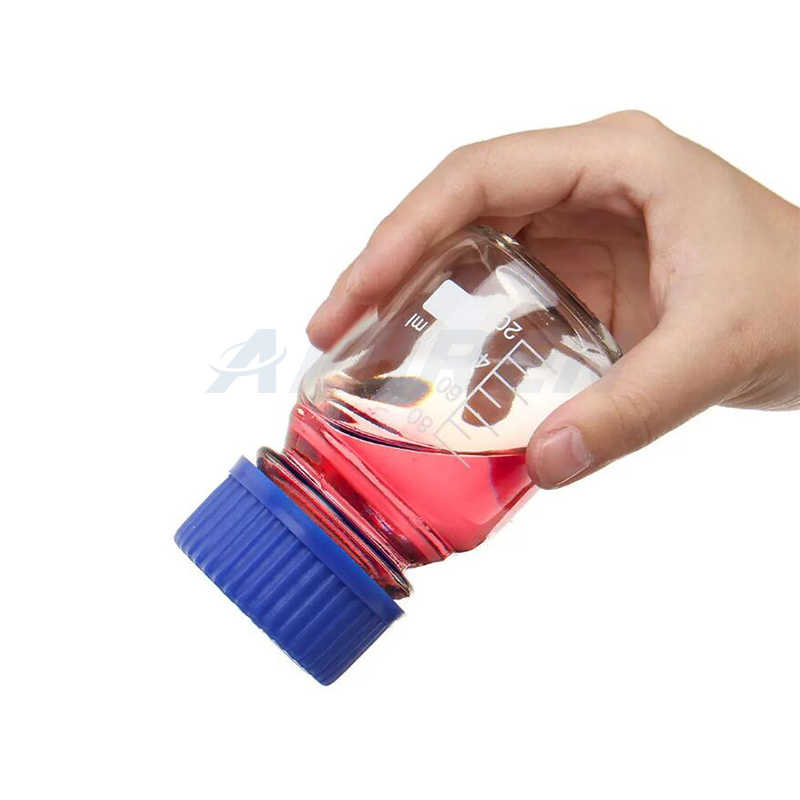
Sample preparation typically takes 80% of the total analysis time, and is traditionally described as the bottleneck in pesticide residue analysis. Conventional sample preparation approaches, liquid–liquid extraction (LLE) and solid-phase extraction (SPE), are still highly labor intensive and time consuming, consisting of many steps.1–3.
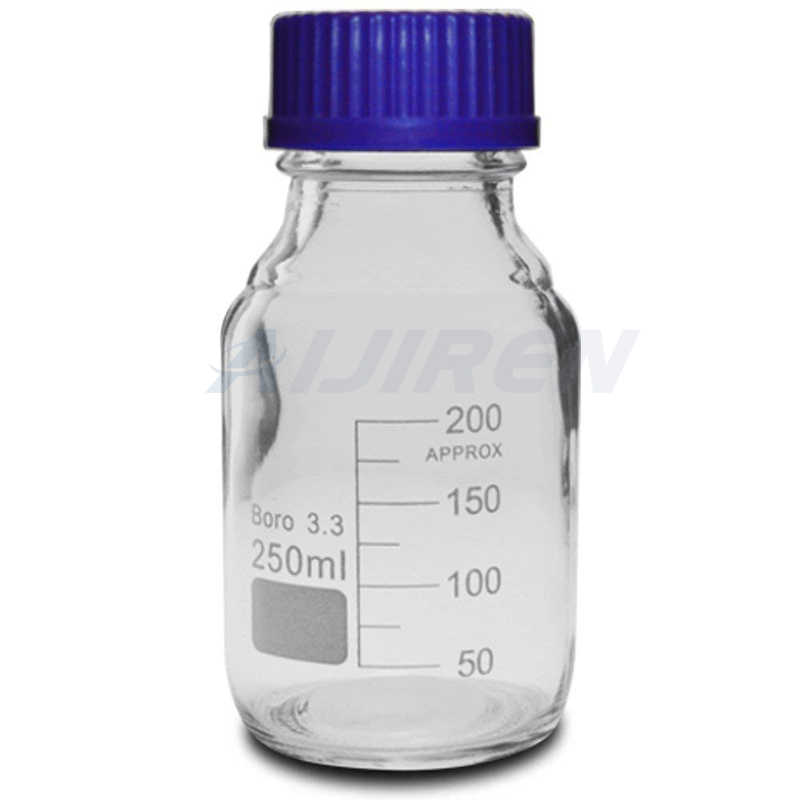
4: Extraction. "Extraction" refers to transference of compound (s) from a solid or liquid into a different solvent or phase. In the chemistry lab, it is most common to use liquid-liquid extraction, a process that occurs in a separatory funnel. A solution containing dissolved components is placed in the funnel and an immiscible solvent is added